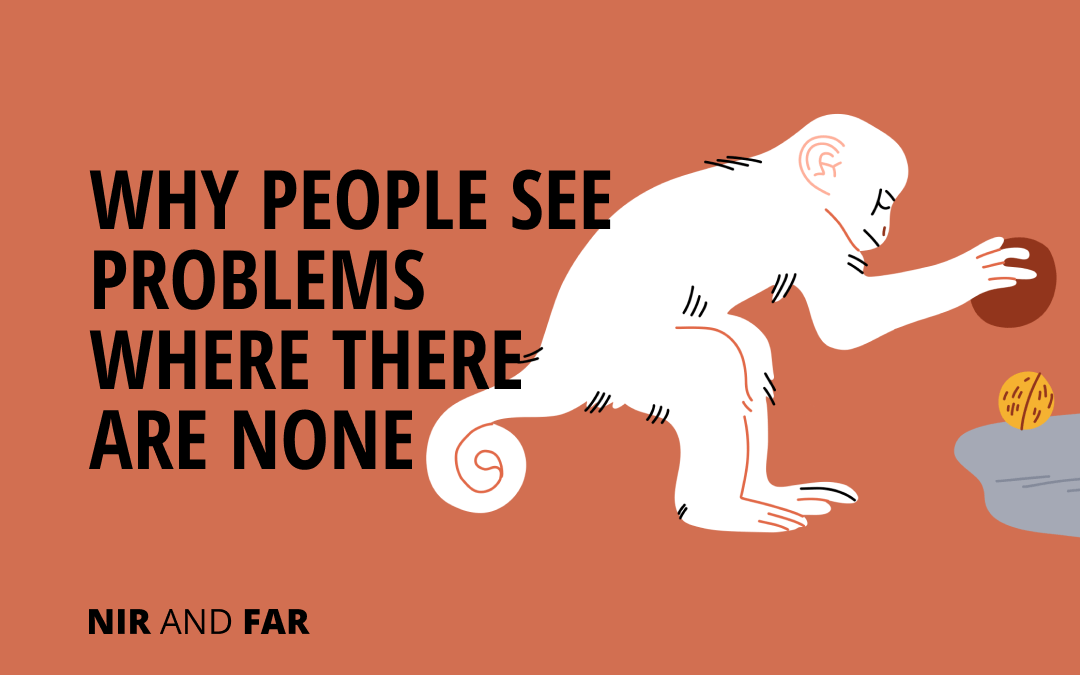Do you often experience a strange malaise, that feeling of blah-ness you can’t quite explain?
The good news is you’re not alone. You may be surprised to learn that, although people don’t often admit it, everyone’s default state is dissatisfaction; it’s how we evolved.
Our inclination to be dissatisfied made our survival more likely. If our ancestors had found perpetual bliss, they likely wouldn’t have worked to create the inventions that make modern life possible.
The never-ending drive for more and better pushed us to invent, create, and improve.
However, while human progress has changed daily life dramatically, the vestige of our drive to escape discomfort is a hard-to-shake feeling that nothing is ever good enough.
Our expectation of a high level of comfort has considerably reduced our tolerance for discomfort. We see problems where there aren’t any, effectively imprisoning ourselves in an ever-shrinking comfort zone.
That tendency to see problems where there are none is called “prevalence-induced concept change.”
To unstick ourselves from that comfort trap, we have to learn to see the world clearly and build a tolerance for risk taking. And to do that, we must recognize the phenomenon of prevalence-induced concept change and use it in our favor.
Training for Threats
I first heard the term “prevalence-induced concept change,” also known as “problem creep,” in Michael Easter’s book, The Comfort Crisis, although it was originally coined by Harvard psychologist David Levari.
Through his studies, Levari discovered that humans constantly adjust expectations. We don’t see our situation accurately—which is why we tend to see problems that don’t exist.
In a study, Levari asked participants to pinpoint “threatening” faces among a sequence of 800 different human faces that ranged from very intimidating to completely harmless. After the 200th face, he began showing fewer threatening faces unbeknownst to the study participants.
Yet, rather than identifying fewer threatening faces, participants began to identify neutral faces as threatening. In other words, people can be trained to expect threats where there are none. Our expectations create our reality.
Though Levari’s experiment was conducted in a lab, it’s not a far leap to use his findings to understand that people can be conditioned to see situations in a certain way based on their experiences.
If you’ve come to expect people to be cruel and conniving versus kind and caring, you’re likely to view and treat others accordingly. If the news you consume is full of stories of war, violence, and hate, you may begin to see the world inaccurately.
Problems As Motivation
Related Articles
- Schedule Maker: a Google Sheet to Plan Your Week
- Habit Tracker Template in Google Sheets
- The Ultimate Core Values List: Your Guide to Personal Growth
- Timeboxing: Why It Works and How to Get Started in 2025
- An Illustrated Guide to the 4 Types of Liars
- Hyperbolic Discounting: Why You Make Terrible Life Choices
- Happiness Hack: This One Ritual Made Me Much Happier

